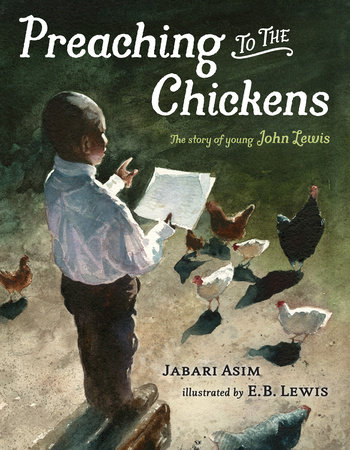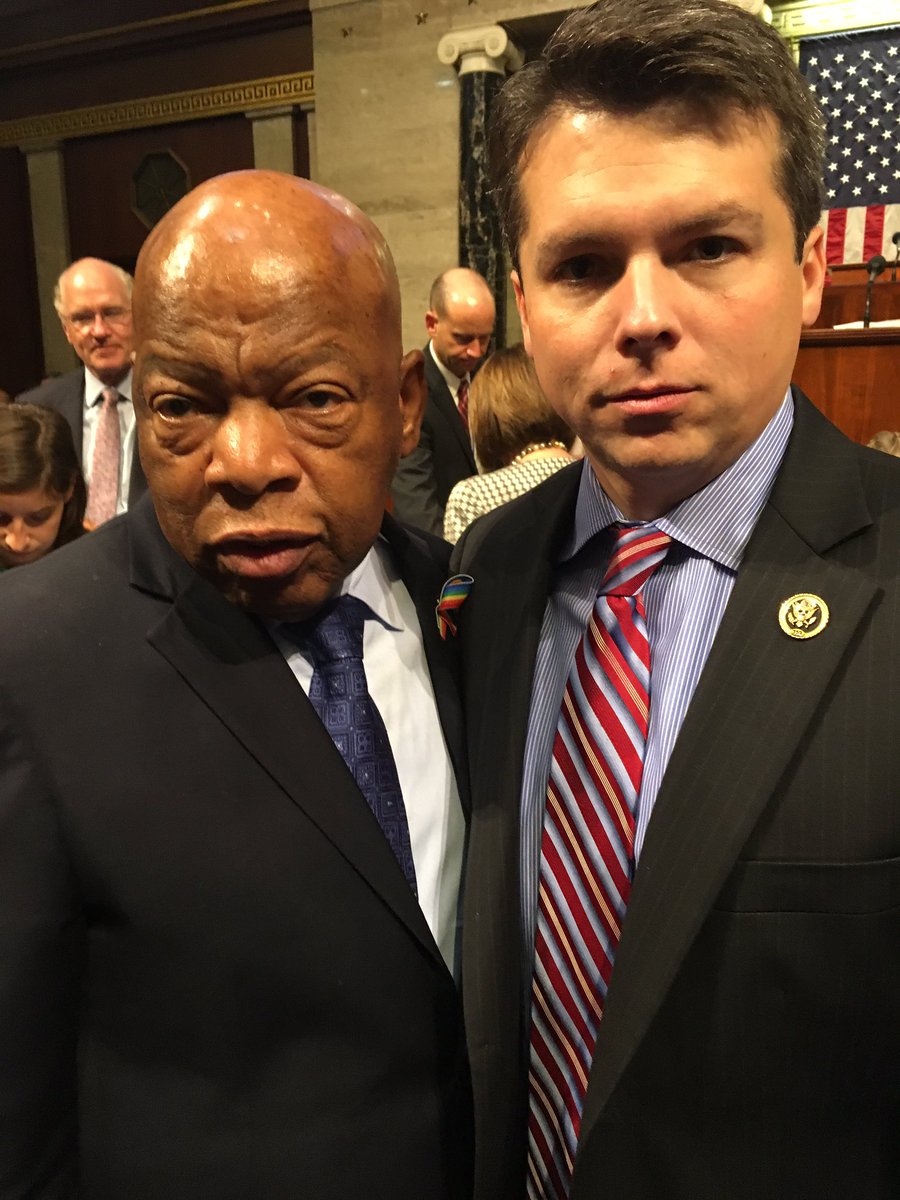By virtue of the word Lego in the title, this is already destined to be a hit with young readers and builders. I find that students have an increased interest in the origin story of their favorite toys and games. Creativity and inventiveness are being encouraged in new and different ways in schools. Engineering (and reverse engineering) are being encouraged through physical building with materials like legos, k’nex, magnetic blocks, and cardboard as well as electronic building with coding through resources like Tynker, Osmo, Lego EV3 software, and 3D printing. Students naturally have interest in where certain ideas, especially lasting ones like the Lego Brick design began and “The Inventors of Lego Toys” by Erin Hagar fills that void.
As I’ve stated once or seventeen times before, the inclusion of a map is always a plus for me and there is one that shows Northern Europe, and specifically Denmark where the town of Billund (home of Lego) is located. In an age of the plasticization of everything when a return to more natural materials is beginning to take a turn with wooden toys, the story of Ole Kirk’s transition from wooden toys to plastic molded toys was a bit cutting edge. Fortunately, because Lego bricks last and hold their value to collectors, you won’t be likely to find them in a landfill. Towards the end of the book, there is a note about the Lego company working on creating their bricks out of a new material in an effort to reduce their carbon footprint. It will be interesting to see how Lego’s evolve over time. Kirk’s re-use of yo-yo halves to make wheels for a truck demonstrates his aptitude for problem solving. The inclusion of both blue prints and illustrations of the size of the factory growing over the years after fires destroyed each in turn shows readers how the company grew over the years from a small operation to a larger (but still modest) one.
The book is organized in chronological fashion and follows the story of the Lego Company from the one man carpenter/toy factory all the way to the global enterprise it is today. The story highlights set backs and arguments about the direction of the company as well as information about other toys on the scene at various times along the way.
A personal reflection. I received this book from the publisher to read and review. And I did read it. Right away. But I had to borrow a library copy to review it. Fourth and Fifth grade students at my school had just begun their informational writing pieces and a teacher emailed me, inquiring if I had a book about the inventors of lego. Off the shelves before it even got on one!! When I left for winter break, the student was still using the book to get information for his writing piece, so I requested a copy to write this review. I asked him what he thought of it and he indicated it had the information he needed and that he was enjoying reading it as well.
Hagar and Garrison did a great job putting together a story with a rich and lengthy history. The end of the book includes a glossary and index. There is a page with other books to “Read More About Inventors,” but an inclusion of a bibliography to indicate where they got their information would be great for kids wanting to read more about these inventors.
Title: The Inventors of Lego Toys
Author: Erin Hagar
Illustrator: Paige Garrison
Published 2016 by Duopress
ISBN: 9781938093531
This copy was received from the publisher for purpose of review (and borrowed from the public library too!)














